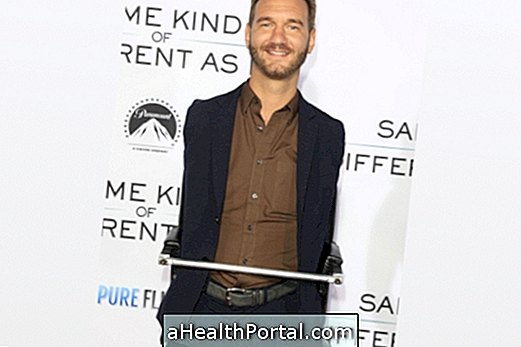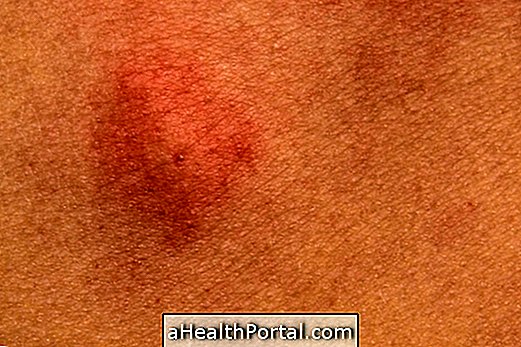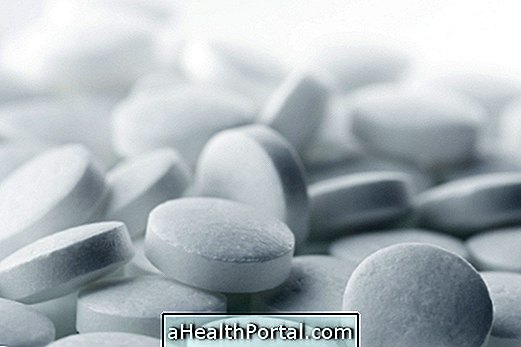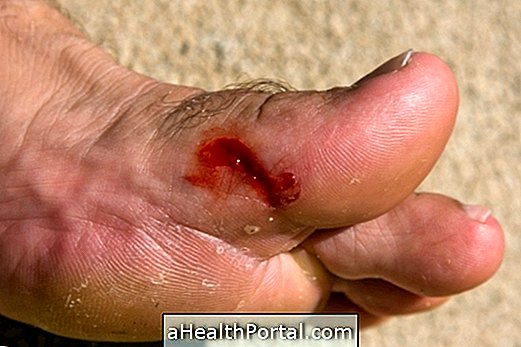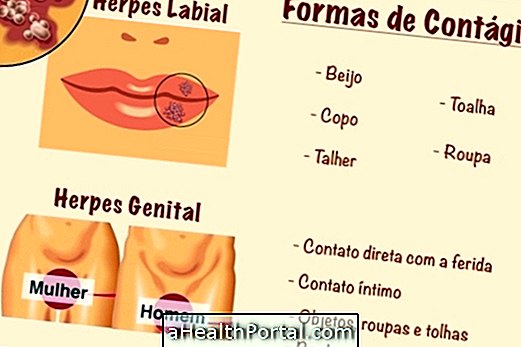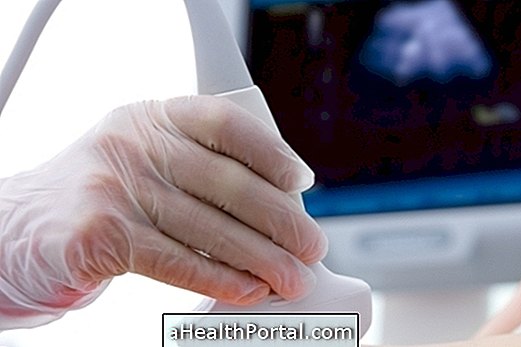Treatment of short bowel syndrome is based on adapting nutritional supplements to compensate for the reduced absorption of vitamins and minerals that the missing portion of the intestine causes, so that the patient is not malnourished or dehydrated. Complete recovery for the bowel to properly absorb nutrients again and weight loss to be controlled can take up to 3 years.
However, the severity of this syndrome depends on which part of the bowel has been removed, which may be a portion of the large or small intestine and the amount of bowel removed.
In general, the nutrients most susceptible to malabsorption are vitamins A, D, E, K, B12 and minerals such as calcium, folic acid, zinc or iron. Therefore, feeding of the patient is initially done with nutritional supplementation, directly through the vein and aims to prevent and treat problems such as delayed development, in the case of children, anemias; hemorrhages and hematomas; osteoporosis; pain and muscle weakness; cardiac insufficiency; and even dehydration that can endanger the patient's life.
Most important nutrients according to the missing portion of the intestine
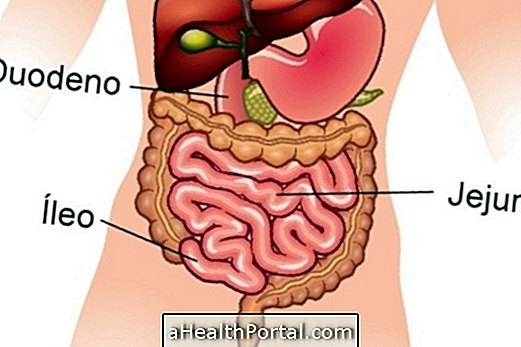
The malabsorption of the nutrients depends on the portion that is affected, being that:
- Jejuno - Calcium, Iron, Magnesium, Protein, Carbohydrate and Fat;
- Ileum - Vitamin B12;
- Colon - Water, minerals and short-chain fatty acids;
In some cases, to compensate for a lack of nutrients, a small bowel transplant may be needed to cure intestinal insufficiency and avoid reliance on full parenteral nutrition for the rest of life. .
Feed for recovery from surgery
Normally, during the first 5 days after surgery, the feeding is maintained through the vein called Total Parenteral Nutrition, so that the bowel can heal at rest. After that period, when diarrhea is less frequent, tube feeding is also started to start slowly stimulating the movements of the stomach and intestine, decreasing the volume of the feeding by the vein, for about 2 months.
After approximately 2 months of recovery, in most cases, the patient is already able to feed by mouth making small meals, up to 6 times a day. However, feeding by the nasogastric tube is maintained to ensure the ingestion of calories and nutrients to maintain and regain nutritional status until the patient is able to feed without the probe, a process that can take between 1 and 3 years.


However, it is possible that in some cases the patient may spend the rest of his life depending on parenteral nutrition and nutritional supplementation to avoid malnutrition and problems such as anemia.
Recovery from surgery to remove a portion of the bowel can be done through a large cut in the abdomen or by laparotomy, and can take between 2 to 6 hours and the patient may have to be admitted to the hospital for recovery for a period that may vary from 10 days to 1 month at least. This type of surgery is very risky because the intestine has many bacteria that can cause serious infections, and is even more delicate if the patient is child or elderly.

